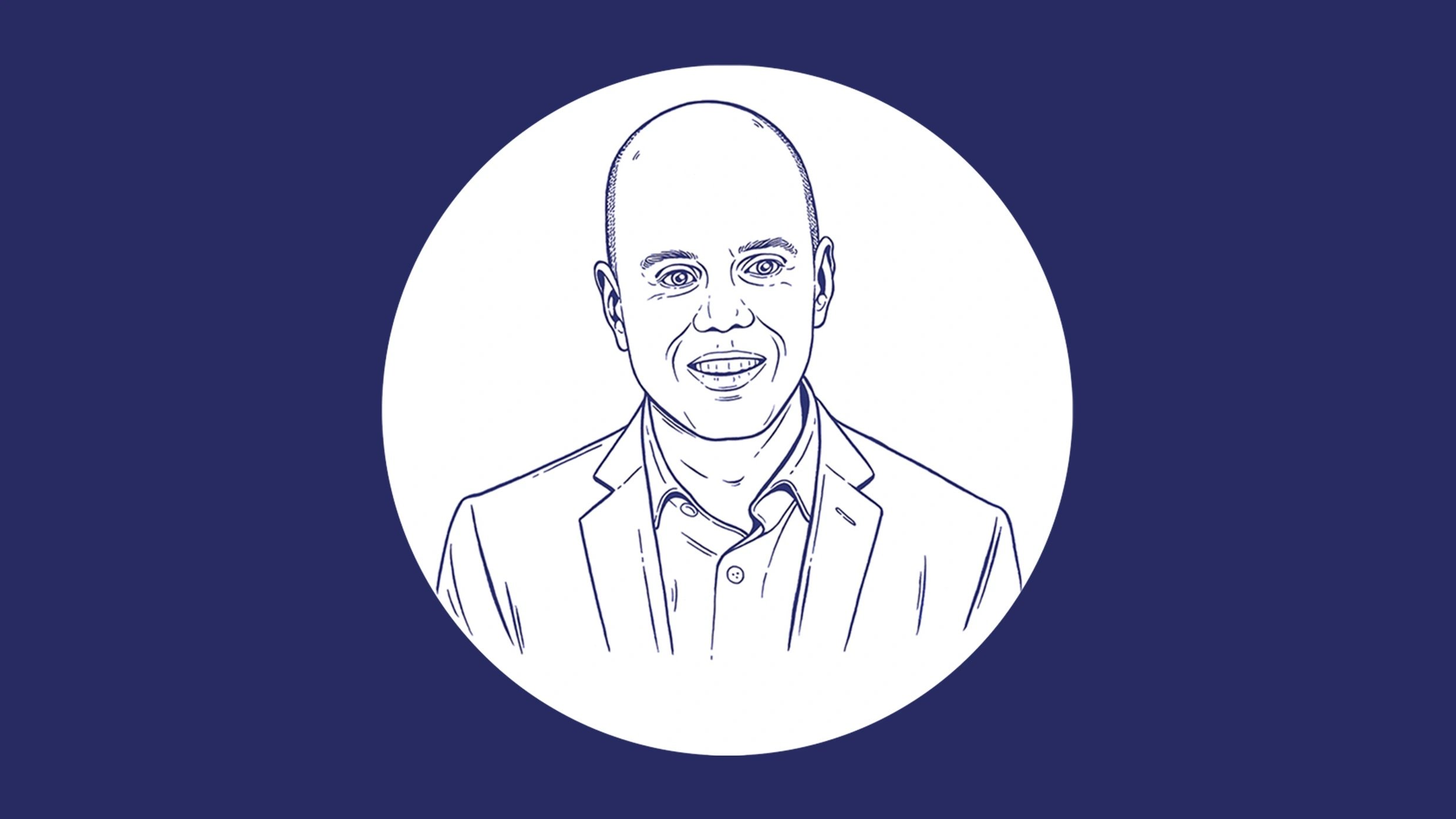Illustration of Thomas Wlodkowski, VP of Accessibility at Comcast
Today as part of the ongoing celebration of Disability Pride Month, I want to spotlight a concept that's revolutionizing the way we think about accessibility: Universal Design. As a disability advocate, wheelchair user, service dog handler, and someone with a visual impairment, I've experienced firsthand the transformative power of Universal Design.
One of the most exciting examples of this is Comcast's Xfinity Large Button Voice Remote highlighted in a recent piece in Fast Company. This device, the brainchild of Thomas Wlodkowski, VP of Accessibility at Comcast, is the first remote built from the ground up with accessibility in mind. Wlodkowski, who has been blind since birth, has a simple yet powerful goal: “To make sure that the full menu of experiences within our entertainment service is available to as many customers as possible.”
Before this remote, Comcast customers seeking accessibility features were mailed a third-party device that was often seen as clunky and "medical." Wlodkowski knew there had to be a better way. He inspired his colleagues to create a device that was not only accessible but also intuitive and practical for all users.
The result? A sleek remote that’s 7 inches long and 2 inches wide, with larger buttons, bigger text, backlighting, an easier battery-change mechanism, built-in voice-command capability, and an instruction manual that speaks. The design process involved conducting focus group sessions with residents from New Horizons, a supported living facility in Connecticut for people with physical disabilities.
The response has been overwhelmingly positive. Comcast is now shipping about 2,000 units of the Large Button Voice Remote each week, up from 800 when the device first launched. The remote is free to all Comcast X1 and Flex customers, who can request it through Comcast’s Accessibility Support Center.
This remote is a testament to the potential of Universal Design in transforming the future of accessibility. It serves as a reminder that when we design with everyone in mind, we create a world that is more inclusive and equitable.
As we continue to celebrate Disability Pride Month, let's remember the power of Universal Design and continue to push for more accessible and inclusive designs in all aspects of our lives.
This Comcast exec did the impossible: He created a TV remote that’s actually well designed










